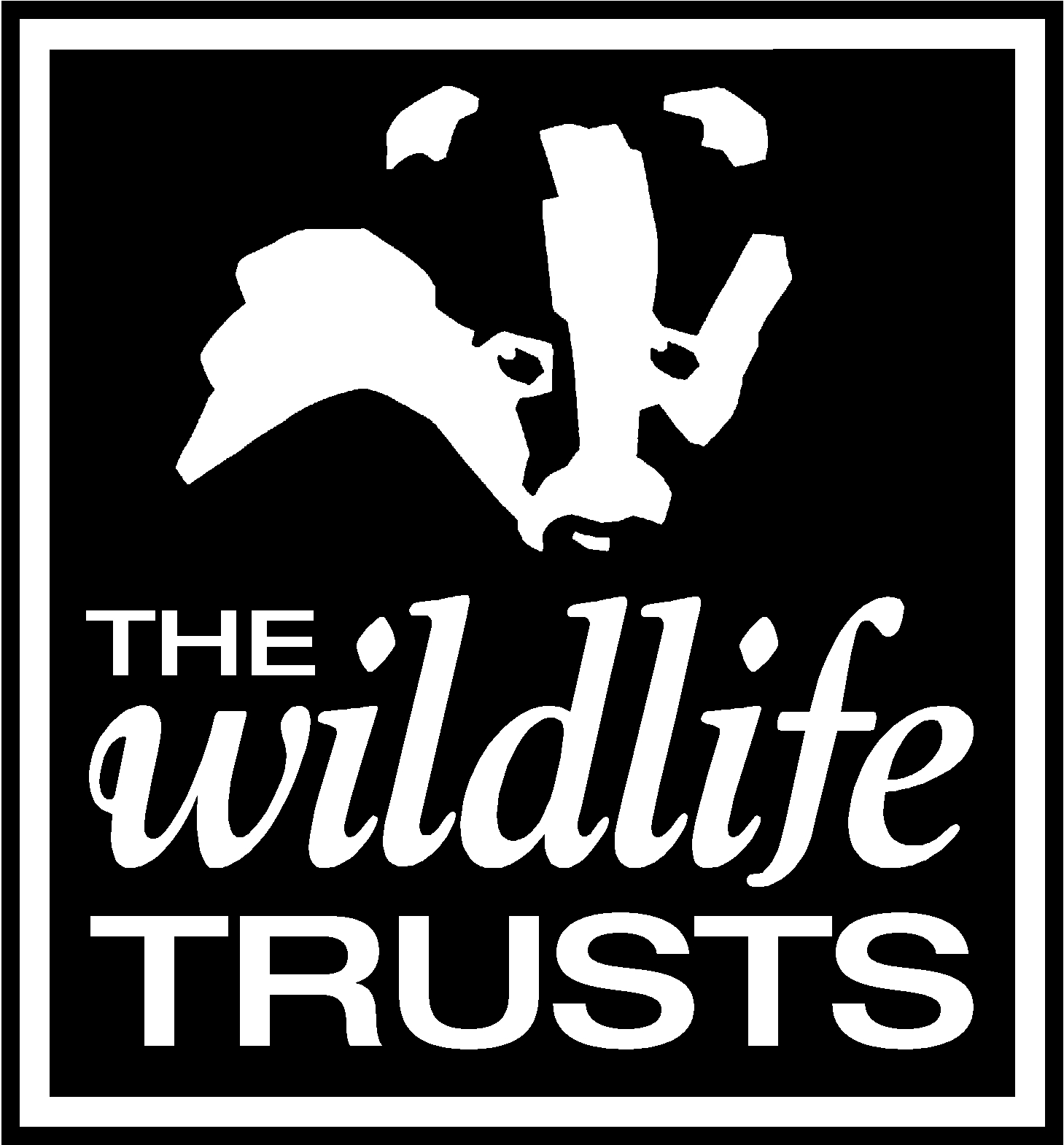 Chapel Gallery
Chapel Gallery Farmer Ted's Farm Park
Farmer Ted's Farm Park Haskayne Cutting Nature Reserve
Haskayne Cutting Nature Reserve Mere Sands Wood Nature Reserve
Mere Sands Wood Nature Reserve
Disused railway lines often provide excellent 'corridors' for wildlife and Haskayne Cutting is no exception.
A surprising diversity of habitats has developed since the line was closed in 1952. Seasonal open water, marsh, acid and calcareous grassland (a rare combination in this part of Lancashire) scrub and Keuper sandstone outcrops are all found on this reserve. More than 172 vascular plants have been recorded in the cutting with 4 different special of marsh orchid in the northern-most section and numerous mosses, liverworts and ferns contribute to the attraction for visiting humans and wildlife.
All year round damp conditions are ideal for alder, with grey and goat willow dominating the rest of the site. Silver and downy birch, hawthorn and elder grow in the drier sections. Don't be surprised to see some scrub cut back and cleared as this is part of the site management.
Patches of heather appear on the banks indicating a more acid, dry, sandy soil. Tormentil and heath-bedstraw occur on such poor soil whereas St. John's-wort, meadowsweet and marsh thistles thrive in the wetter conditions with marsh-marigolds flowering in the ditch. Towards the southern end of the cutting, the low embankment produces a mass of flowering plants including the distinctive yellowrattle, a
No Comments Yet - Why not be the first to leave a comment
Every effort is made to make sure that all the information is correct but we strongly recommend that you call Haskayne Cutting Nature Reserve before you set off on your day out to confirm opening times and admission prices.
Please also note that the position on Google maps for Haskayne Cutting Nature Reserve is a rough estimate using their postcode in the database and might be slightly out.
It may also be worth clicking the web link for Haskayne Cutting Nature Reserve to see if there are any special events coming up or currently on.